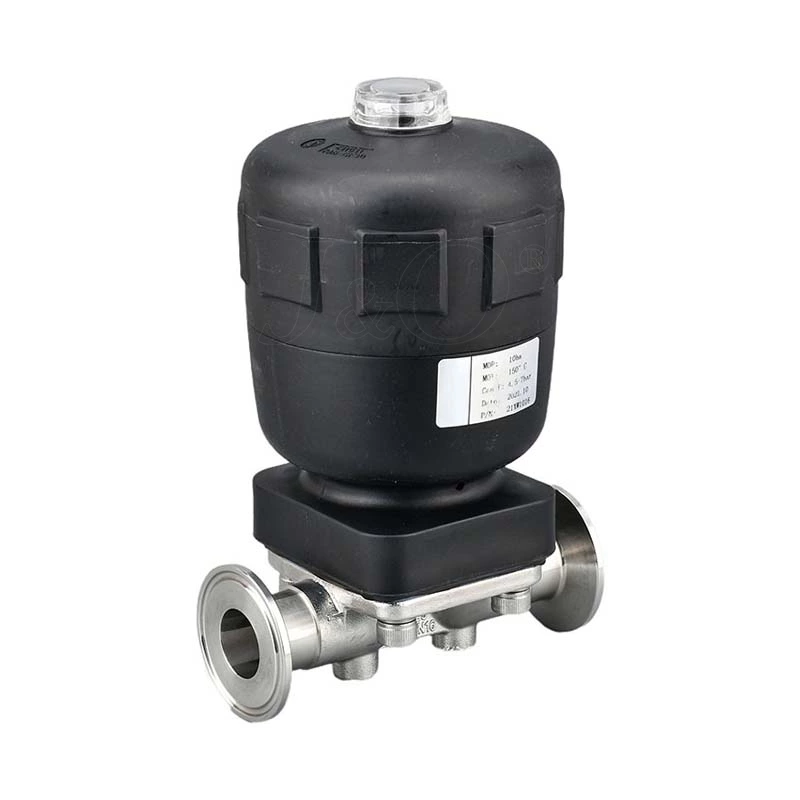What Affects The Working Temperature Of Sanitary Diaphragm Valves?
What affects the working temperature of Sanitary Diaphragm Valve?
A sanitary diaphragm valve is a valve body and a valve cover with a flexible diaphragm or a combined diaphragm, and its closing part is a compression device connected to the diaphragm. The valve seat can be a weir or a pipe wall of a straight-through flow channel. The advantage of a sanitary diaphragm valve is that its operating mechanism is separated from the medium passage, which not only ensures the purity of the working medium, but also prevents the possibility of the medium in the pipeline impacting the working parts of the operating mechanism.
In addition, no separate seal is required at the valve stem unless it is used as a safety facility in controlling harmful media. In a sanitary diaphragm valve, since the working medium contacts only the diaphragm and the valve body, both of which can be made of a variety of different materials, the valve can ideally control a variety of working media, especially for media with chemical corrosiveness or suspended particles. The working temperature of a sanitary diaphragm valve is usually limited by the materials used for the diaphragm and the valve body lining, and its working temperature range is approximately -50 to 175°C.
The sanitary diaphragm valve has a simple structure and consists of only three main components: the valve body, the diaphragm, and the valve head assembly. The valve is easy to disassemble and repair quickly, and the diaphragm can be replaced on site.
